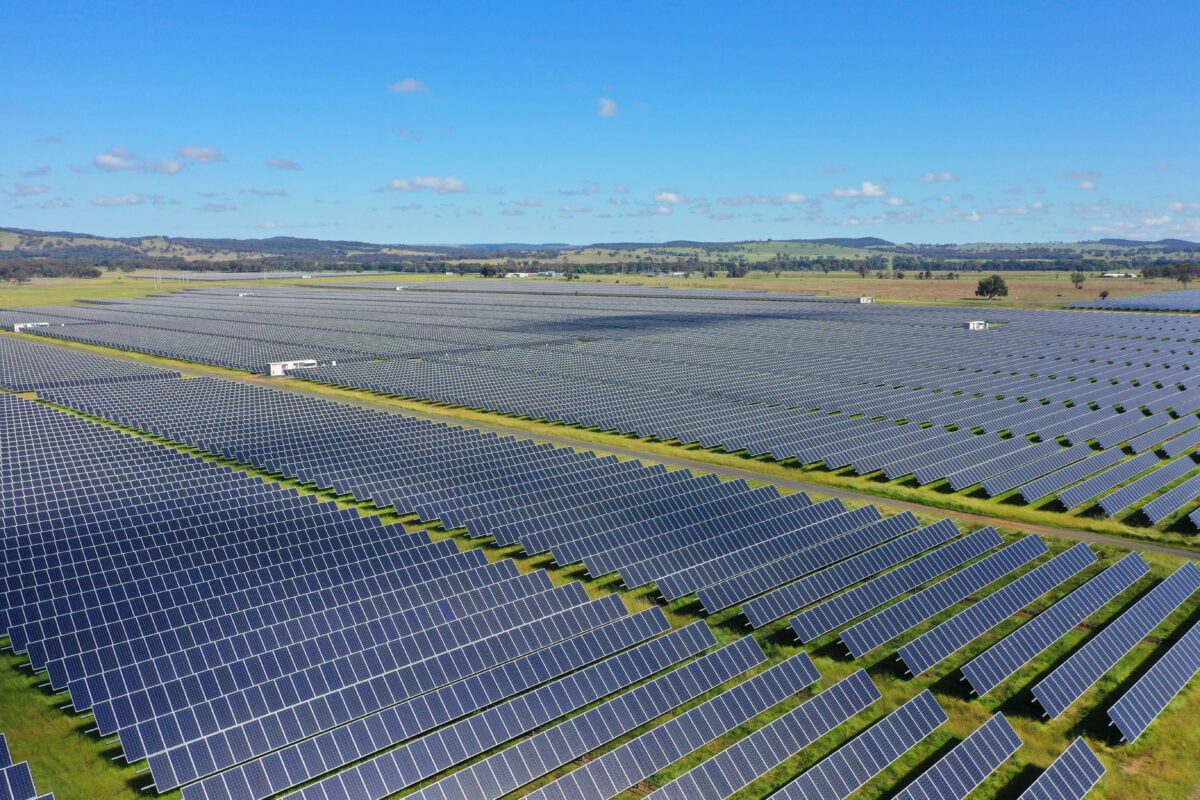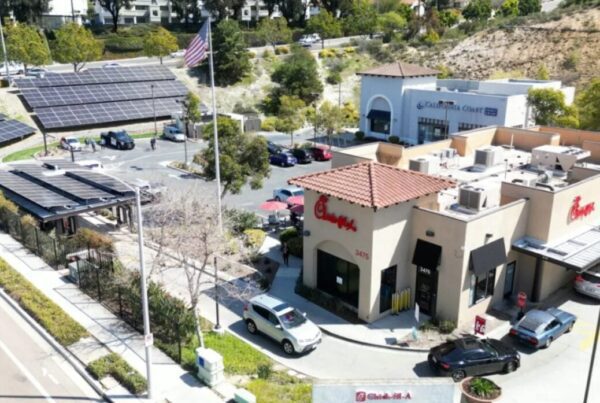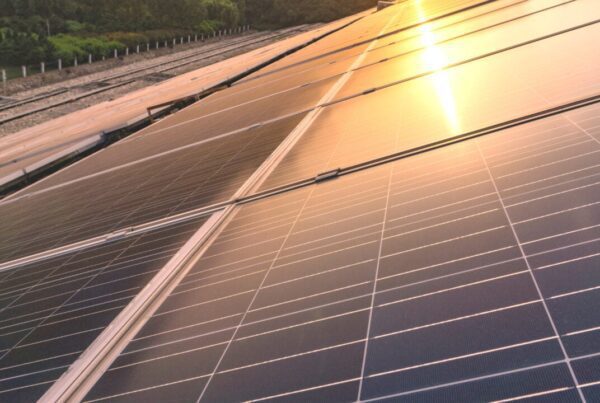
Indeed, CEIG stated that the NEM’s outdated design, built around an era of coal and gas power, jeopardises investment in technologies such as solar PV, wind, and battery energy storage systems (BESS).
The CEIG’s Future Market Design Paper highlights several important issues with the current NEM system design. One notable finding is that if investments fall short of the Integrated System Plan’s projected requirements by 6–9%, there will be a substantial shortfall in renewable energy capacity, between 12-18GW by 2040 and 15-23GW by 2050.
Richie Merzian, CEO of the Clean Energy Investor Group, said the ongoing retraction of US policy away from renewables is an opportunity for Australia to attract investment into its energy transition.
“Australia has an incredible opportunity to attract investment to our energy market if our market settings are right. “Investors need clear, effective and predictable signals to drive the investment needed to replace the ageing, unreliable coal fleet,” Merzian said.
This research comes as the Australian government launched a review of the NEM last year, aiming to identify how it will operate in the coming decades and facilitate the uptake of solar PV.
An independent panel, led by Griffith University associate professor Tim Nelson and consisting of Paula Conboy, Ava Hancock, and Philip Hirschhorn, will undertake widespread consultation and make its final recommendations to energy and climate ministers in late 2025.
Merzian noted that this review will be a key step in ensuring the NEM is fit for purpose.
“The Federal government’s independent review of the NEM is a key step toward creating a grid that supports firmed renewable energy and the CEIG looks forward to working with the panel,” Merzian said.
Australia’s Capacity Investment Scheme and REZ deemed ‘fragmented’
Two other key findings from CEIG are the approach to the Australian government’s Capacity Investment Scheme (CIS) and the Renewable Energy Zones (REZ). CEIG claimed that these two initiatives are fragmented, and their approaches “fail to address problems with the market’s fundamental design”.
In terms of the CIS, the initiative has been widely hailed by those across the Australian energy industry as a means to kickstart the transition to clean energy generation while also securing the required energy storage capabilities to combat the variable nature of these generation technologies.
The Albanese government announced the expanded CIS in November 2023, intending to underwrite 32GW worth of renewable energy generation and energy storage capacity, roughly half of the demand on the NEM.
The CIS operates under a contracts for difference (CfD) model, where the government underwrites investments in new renewables projects through competitive auctions. The government said it would not disclose the expected costs of CIS contracts to “achieve the best bang for the buck for taxpayers”. Auctions are planned to run at six-monthly intervals until the 32GW quota has been reached.
The results of the first tender round for the CIS initiative saw solar PV awarded 2.8GW of capacity. In total, 19 projects successfully completed the tender process, with the majority located in New South Wales and Victoria, with seven projects each. Queensland saw three successful projects, whilst South Australia secured two projects.
The CIS has come under scrutiny from the CEIG due to not being big enough. The scheme is targeting 32GW of capacity but the NEM will need 122GW by 2030 to achieve its Integrated System Plan. There are also fears that zombie projects that never get built could be created through successful participation in the CIS.
Australia’s REZs have been deemed critical infrastructure projects. They combine transmission infrastructure with large-scale energy generation, such as solar PV and wind, alongside energy storage capabilities. EnergyCo describes them as the “modern-day equivalent of power stations.”
The NSW government is developing at least five separate multi-gigawatt REZ facilities connected to the grid and partially using long-duration energy storage (LDES) to replace traditional centralised power plants. The five REZs include the Hunter-Central Coast, the South-West, New England, Central-West Orana, and Illawarra.
However, it is worth noting that REZ is not exclusive to New South Wales, with additional zones being explored in multiple states. Queensland, for instance, recently published a roadmap detailing how it would develop its 12 REZs. Victoria, on the other hand, has identified six REZ locations.
These REZs are also seen as successful as they are helping develop the infrastructure to connect various large-scale projects, including energy storage and variable energy generation. Due to its popularity, the Central-West Orana REZ was formally increased the amount of projects that could connect to 7.7GW earlier this month.
According to the CEIG, Australia’s REZs could have unforeseen financial implications in other areas. For instance, the initiative continues to rely on taxpayer money to fund large-scale renewable energy projects.
These sites have also faced significant delays in the past due to opposition from local landholders against transmission development. These REZs must be delivered on time to ensure the NEM can fully decarbonise and prospective projects can connect, CEIG said.





